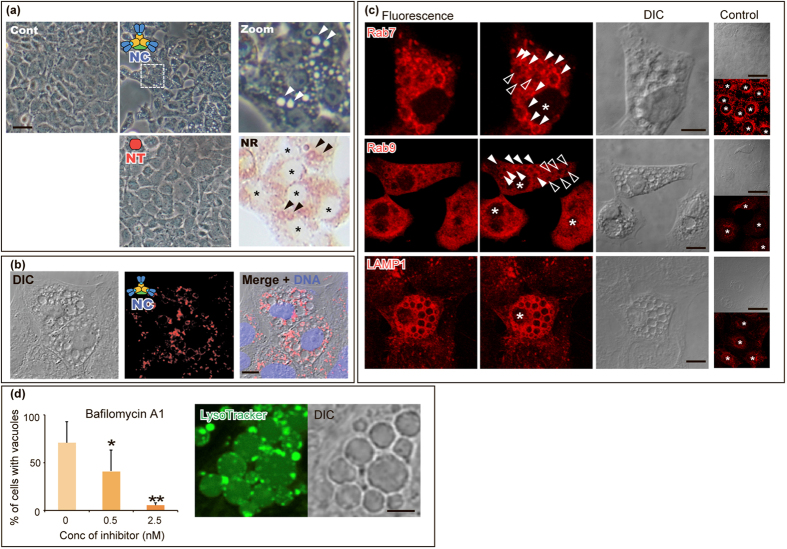Figure 2. “Non-Toxic” complex induced vacuoles in IEC-6 cells.
(a) Vacuoles induced by exposure to the “Non-Toxic” complex. Vacuole formation was induced when the IEC-6 cells were exposed to the “Non-Toxic” complex (NC; 50 nM for 24 h); however, no vacuole formation was observed in cells exposed to BoNT (NT; 50 nM for 24 h). Control (Cont) samples were cells assessed prior to exposure. Higher magnification (5×) is shown for the region indicated by a dashed square. The vacuoles induced by the “Non-Toxic” complex were peripherally stained with neutral red (NR). Asterisks indicate nuclei of the cells. Scale bar: 50 μm. (b) The “Non-Toxic” complex surrounds the vacuoles. The cells were exposed to the Cy5-labelled “Non-Toxic” complex (red) and were analysed by confocal microscopy. Chromosomal DNA was stained with DAPI (blue). Scale bar: 20 μm. (c) “Non-Toxic” complex-induced vacuoles were co-localised with late-endosome- and lysosome-specific proteins. Post induction of the vacuoles by exposure to the “Non-Toxic” complex, the Rab7, Rab9, and LAMP1 proteins were immunostained with antibodies. The control shows the localisation of each protein in cells that were not exposed to the “Non-Toxic” complex. Scale bars: 20 μm for vacuole-induced cells and 50 μm for control cells. (d) Involvement of the endosomal proton pump on “Non-Toxic” complex-induced vacuolation. The endosomal proton pump inhibitor—bafilomycin A1—inhibited “Non-Toxic” complex-induced vacuolation (left panel) in a dose-dependent manner. Experiments were performed thrice and in triplicate; with representative results reported as mean ± SD. Asterisks denote significant differences in the number of the cells with vacuoles (*p < 0.05, **p < 0.01) compared with those in the control in the presence of inhibitor solvent, 0.08% ethanol, alone (corresponding to the 25 nM). LysoTraker indicates the peripheral acidification of vacuoles induced by the “Non-Toxic” complex (middle and left panels). Scale bar: 5 μm.

